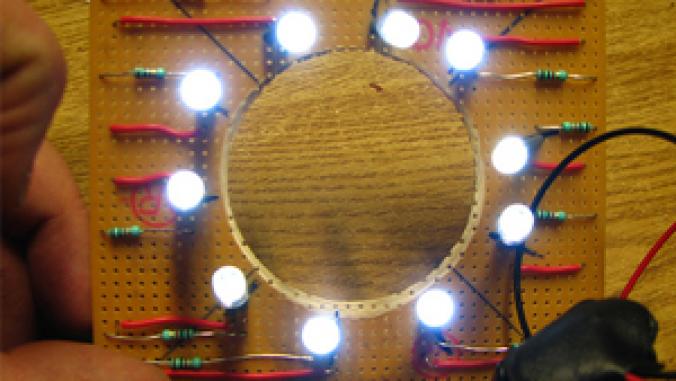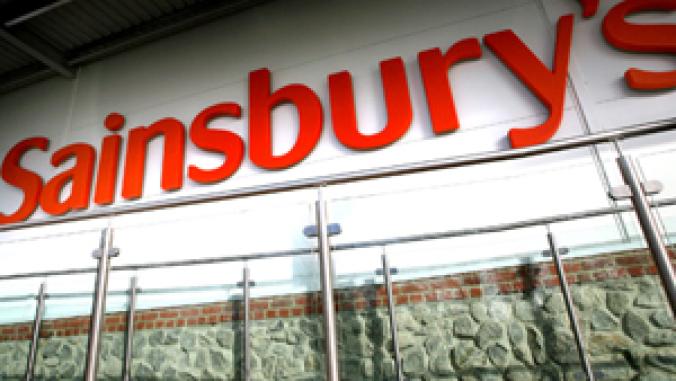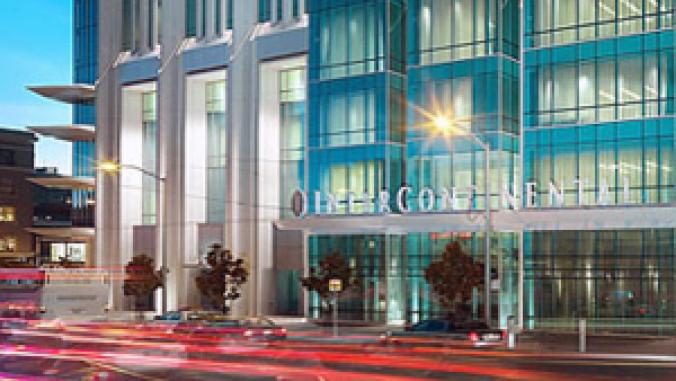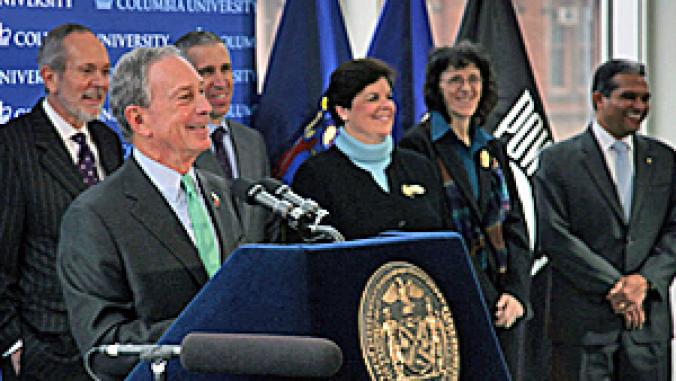USGBC Launches LEED for Neighborhoods Pilot
More than 200 developments will join a USGBC pilot program to test the practicality of its LEED Neighborhood Development certification program.
More than 200 developments will join a pilot program to help the U.S. Green Building Council (USGBC) test the practicality of its national certification system for sustainable neighborhood design.
The pilot program will launch with 238 developments around the world that will seek LEED for Neighborhood Development certification to see whether it is effective and practical in its application.
It aims to recognize projects that illustrate smart growth, new urbanist and green building practices at a time when many municipalities across the U.S. are incorporating green construction requirements into their building codes.
"The LEED for Neighborhood Development pilot program is the next generation of green building thinking," said Rick Fedrizzi, USGBC President, CEO & Founding Chair, in a statement this week. "By applying what we've learned about individual green buildings to entire neighborhoods, we're linking urban planning and environmentally friendly design and construction in a whole new, beneficial and healthy way."
The Natural Resources Defense Council and Congress for New Urbanism (CNU) join the USGBC for the pilot launch. The groups will take the results of the pilot into consideration as they revise and approve the final certification system, due for full public launch in 2008.
Projects can include whole neighborhoods, fractions of neighborhoods or multiple neighborhoods. Bound by no minimum or maximum size, they range from less than an acre to whole communities set upon more than 12,000 acres. They are located in 39 states and six countries.
The Natural Resources Defense Council brought smart growth experts to the volunteer committee that authored the rating system, drawing on principles of location, transportation alternatives, equity and community form.
Planners and architects from the New Urbanist movement also lent their voice to the rating system. Their philosophies focus on a compact neighborhood form, a shape that reflects a diversity of housing types, mixed-use facilities, well-connected transportation routes that promote walking and biking, and humane public spaces.
"The conventional transportation and development practices of the past 50 years made creating green communities impossible - automobiles were needed to get everywhere," said John Norquist, Congress for the New Urbanism's president and CEO. "The LEED for Neighborhood Development system serves as a guideway for developing compact, walkable, well-connected communities with a holistic approach to sustainability."
The pilot program will launch with 238 developments around the world that will seek LEED for Neighborhood Development certification to see whether it is effective and practical in its application.
It aims to recognize projects that illustrate smart growth, new urbanist and green building practices at a time when many municipalities across the U.S. are incorporating green construction requirements into their building codes.
"The LEED for Neighborhood Development pilot program is the next generation of green building thinking," said Rick Fedrizzi, USGBC President, CEO & Founding Chair, in a statement this week. "By applying what we've learned about individual green buildings to entire neighborhoods, we're linking urban planning and environmentally friendly design and construction in a whole new, beneficial and healthy way."
The Natural Resources Defense Council and Congress for New Urbanism (CNU) join the USGBC for the pilot launch. The groups will take the results of the pilot into consideration as they revise and approve the final certification system, due for full public launch in 2008.
Projects can include whole neighborhoods, fractions of neighborhoods or multiple neighborhoods. Bound by no minimum or maximum size, they range from less than an acre to whole communities set upon more than 12,000 acres. They are located in 39 states and six countries.
The Natural Resources Defense Council brought smart growth experts to the volunteer committee that authored the rating system, drawing on principles of location, transportation alternatives, equity and community form.
Planners and architects from the New Urbanist movement also lent their voice to the rating system. Their philosophies focus on a compact neighborhood form, a shape that reflects a diversity of housing types, mixed-use facilities, well-connected transportation routes that promote walking and biking, and humane public spaces.
"The conventional transportation and development practices of the past 50 years made creating green communities impossible - automobiles were needed to get everywhere," said John Norquist, Congress for the New Urbanism's president and CEO. "The LEED for Neighborhood Development system serves as a guideway for developing compact, walkable, well-connected communities with a holistic approach to sustainability."




